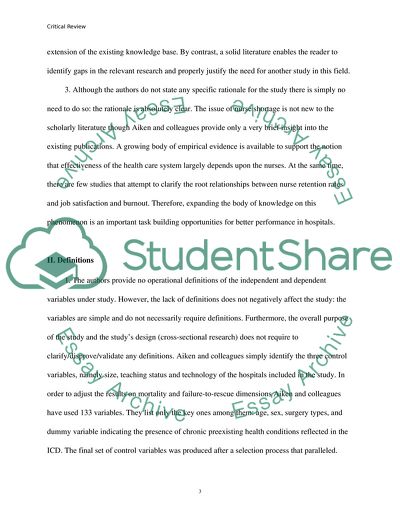Cite this document
(Critical Review of a Research Article Literature, n.d.)
Critical Review of a Research Article Literature. https://studentshare.org/health-sciences-medicine/1713694-critique-research-paper
Critical Review of a Research Article Literature. https://studentshare.org/health-sciences-medicine/1713694-critique-research-paper
(Critical Review of a Research Article Literature)
Critical Review of a Research Article Literature. https://studentshare.org/health-sciences-medicine/1713694-critique-research-paper.
Critical Review of a Research Article Literature. https://studentshare.org/health-sciences-medicine/1713694-critique-research-paper.
“Critical Review of a Research Article Literature”. https://studentshare.org/health-sciences-medicine/1713694-critique-research-paper.


